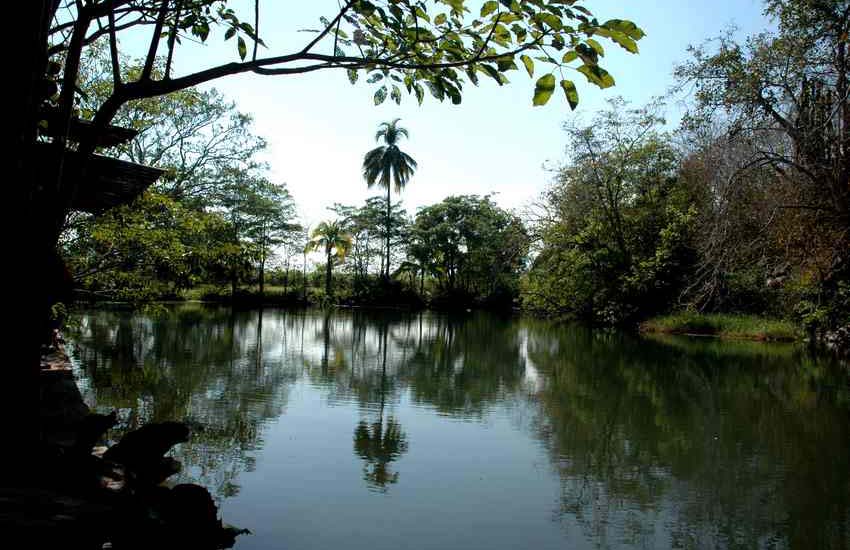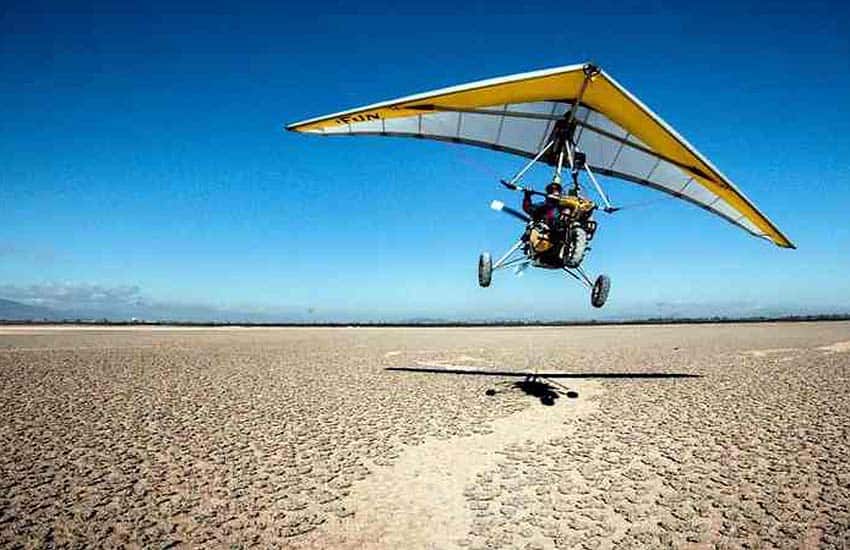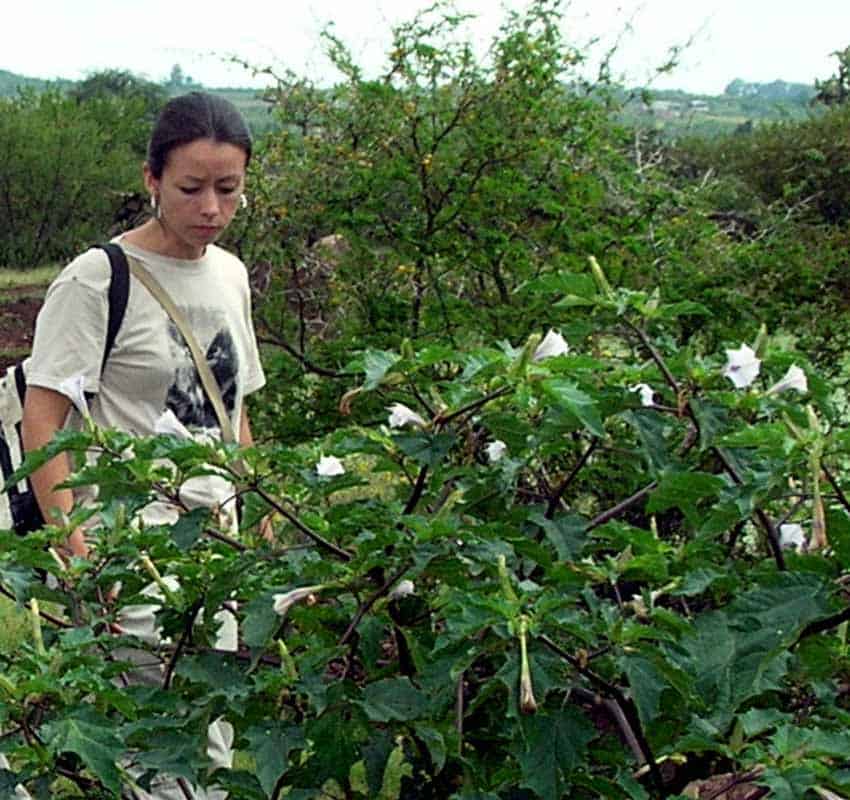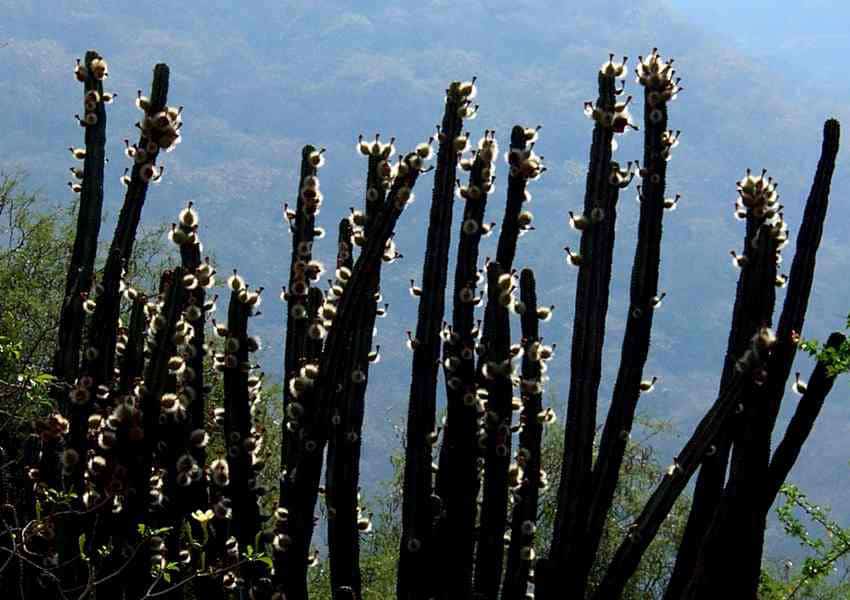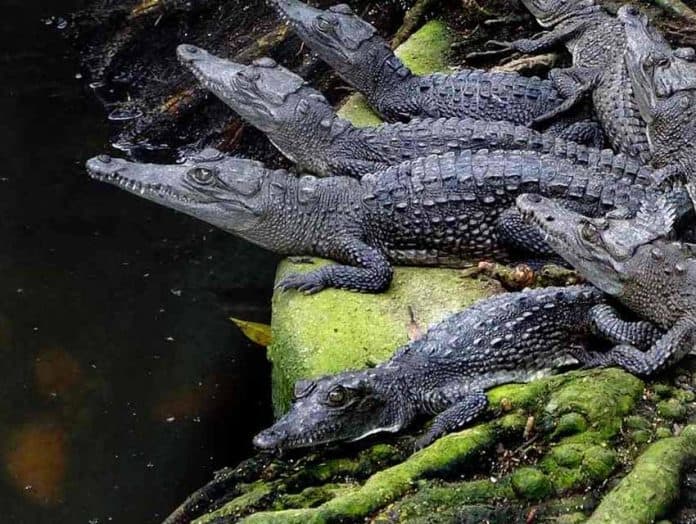In their book, “Geo-Mexico,” geographers Richard Rhoda and Tony Burton divide Mexico into five major land-based ecosystems, which for the sake of brevity I will call: deserts, high forests, grasslands, tropical evergreen forests and tropical deciduous forests.
Curiously, all of these ecosystems converge within the borders of the weirdly shaped state of Jalisco.
Because the state capital of Guadalajara is located almost in the center, highways radiate from it like the spokes of a wheel, offering visitors relatively easy access to portions of all these ecosystems.
Below follows a guide to where to find examples of these five systems:
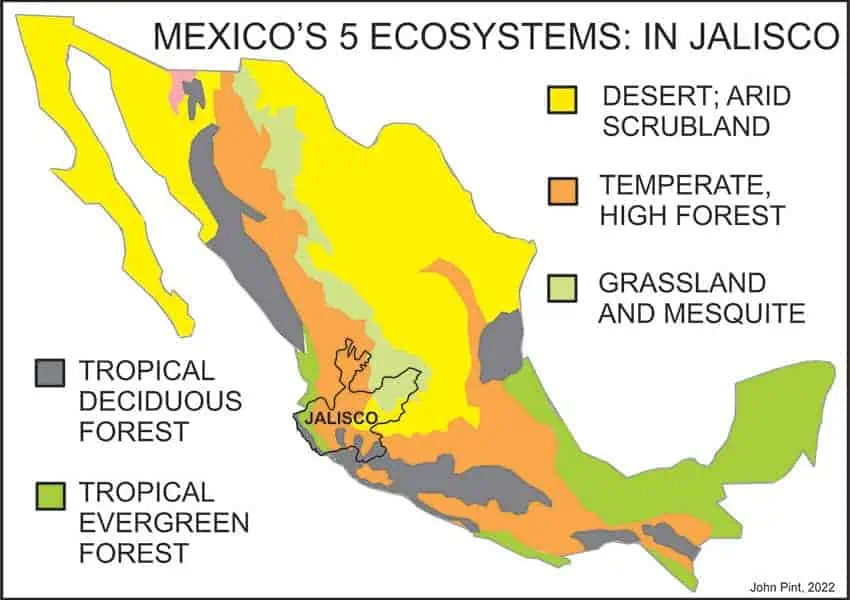
1. Grasslands
A drive only 90 minutes northeast of Guadalajara will take you straight into the heart of Los Altos de Jalisco, a long swathe of flat grasslands, or plains, with relatively few trees. Here, you may find chicken farms and great fields of chía, the Aztec superfood that the modern world is just recently rediscovering.
To acquaint yourself with the biodiversity of these grasslands, I suggest a visit to the Pyramid of Pegueros, which probably dates back to between A.D. 400 and 800. This is a monumental structure atop a low hill that the locals call El Chiquihuitillo, the Upside-Down Wicker Basket.
In a prairie, the only material available for building up a pyramid is dirt, and here it took 75,000 cubic meters of it to do the trick.
You’ll park your car about 500 meters from the pyramid. The short walk from the parking area will give you an introduction to the flora and fauna of this ecosystem.
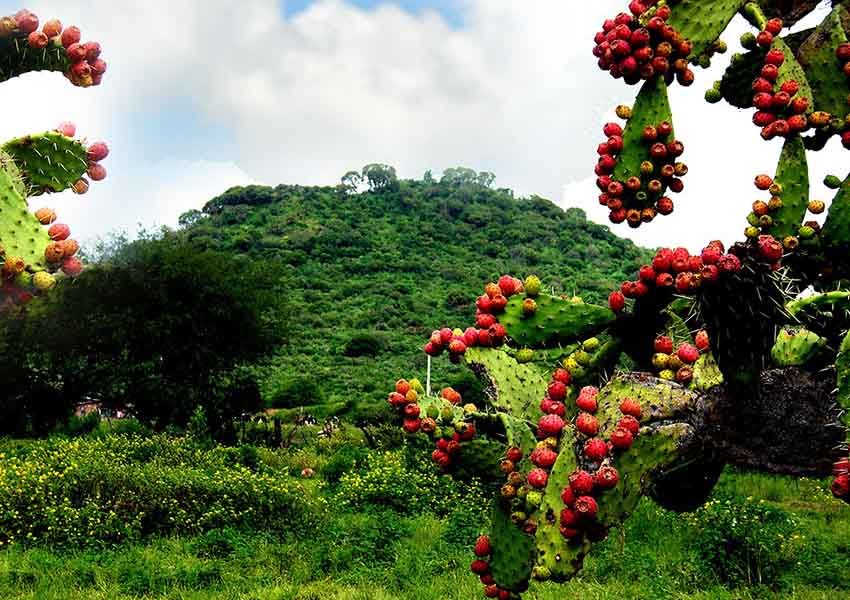
All around the pyramid, you’ll probably find cows eating the grass, as well as nopales (prickly-pear cactus) and the medicinal plant cardo santo (St. Benedict’s thistle)
But what’s a prairie without jimsonweed?
This poisonous plant, known to Mexicans as toloache and to scientists as Datura stramonium, is said to be used as a love potion here in Mexico. (It’s also famous as a drug that produces temporary insanity — could there possibly be a connection?)
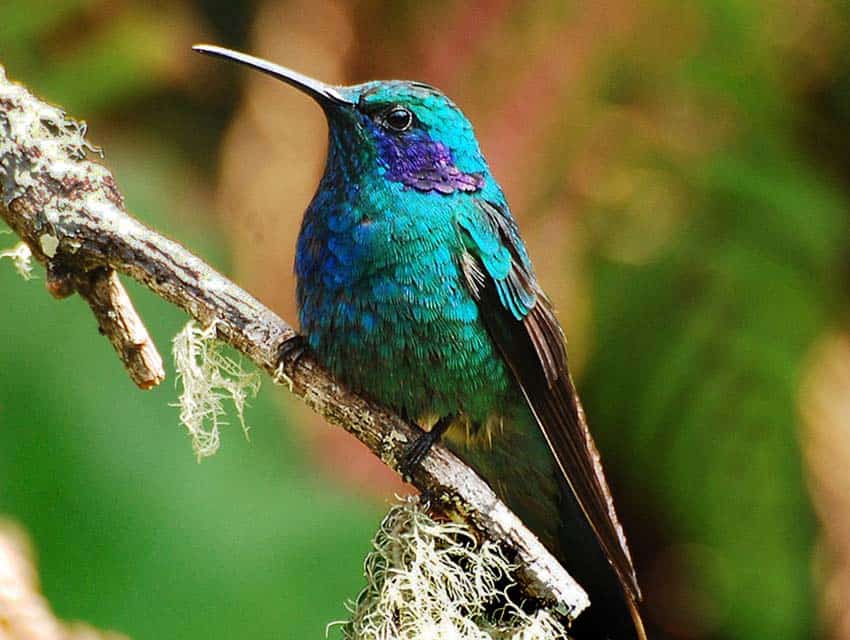
2. Tropical Evergreen Forests
Head south from Guadalajara for 180 km and you will find yourself in the Tropical Evergreen Forest ecosystem.
You can get to know this environment while visiting the very impressive landmark, what I call the “Petroglyph Bulletin Board of El Altitle,” a giant wall of pure marble covered with pre-Hispanic rock engravings.
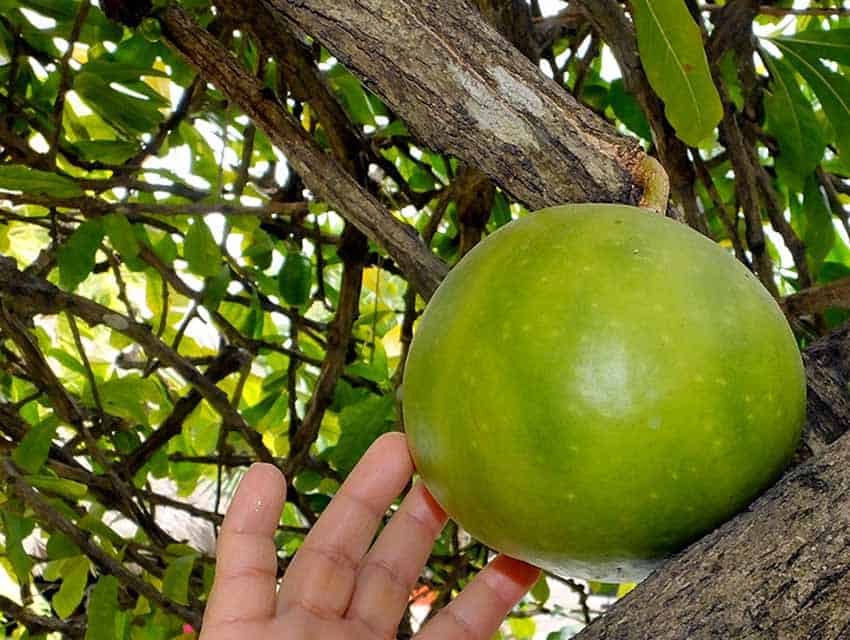
Here, you might want to spend the night camped at the hot springs, only 3 kilometers away, where you can soak inside a completely natural hot pool.
As you walk from the petroglyphs to the pool, you will see mango trees everywhere. Here you will also see tamarind trees and the curious cuastecomate, whose softball-sized fruits grow directly on the tree trunk.
And now, jump into the hot pool, and forget all your troubles!
3. High Forests
If you head west out of Guadalajara, you will run smack into Bosque La Primavera, an excellent example of Mexico’s high temperate forest ecosystem, dominated by pine and oak trees.
Here, because of thermal activity deep beneath the surface, a hike over a bed of pine needles may bring you to a literally steaming waterfall along the Rio Caliente, a hot river truly deserving of the name.
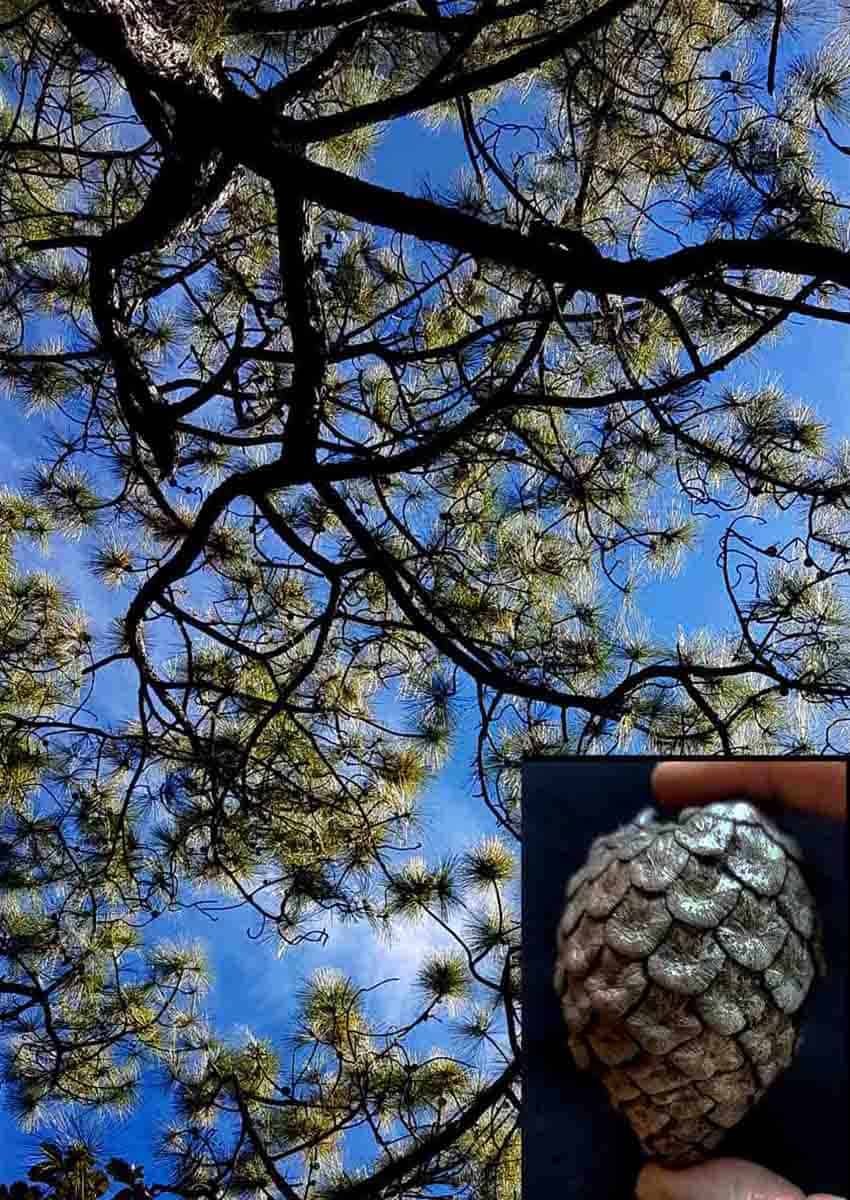
In this ecosystem, you will easily recognize the egg-cone pine (Pinus oocarpa). As the name suggests, its cones are small and egg-shaped.
Note that this tree is thought to be the great-grandma of almost all the pines in the country, which is saying a lot since Mexico holds the record for more species of pine than any other country.
In the Primavera Forest, you will find 59 kinds of mammals (from voles to pumas), 200 species of birds and 742 species of plants.

4. Deserts
Just west of Lake Chapala, there’s a high hill; on the other side of it, only 12 kilometers from the lake, you’ll find yourself in the midst of salt flats and arid scrub land. Welcome to San Marcos “Lagoon” — and good luck finding any water in it!
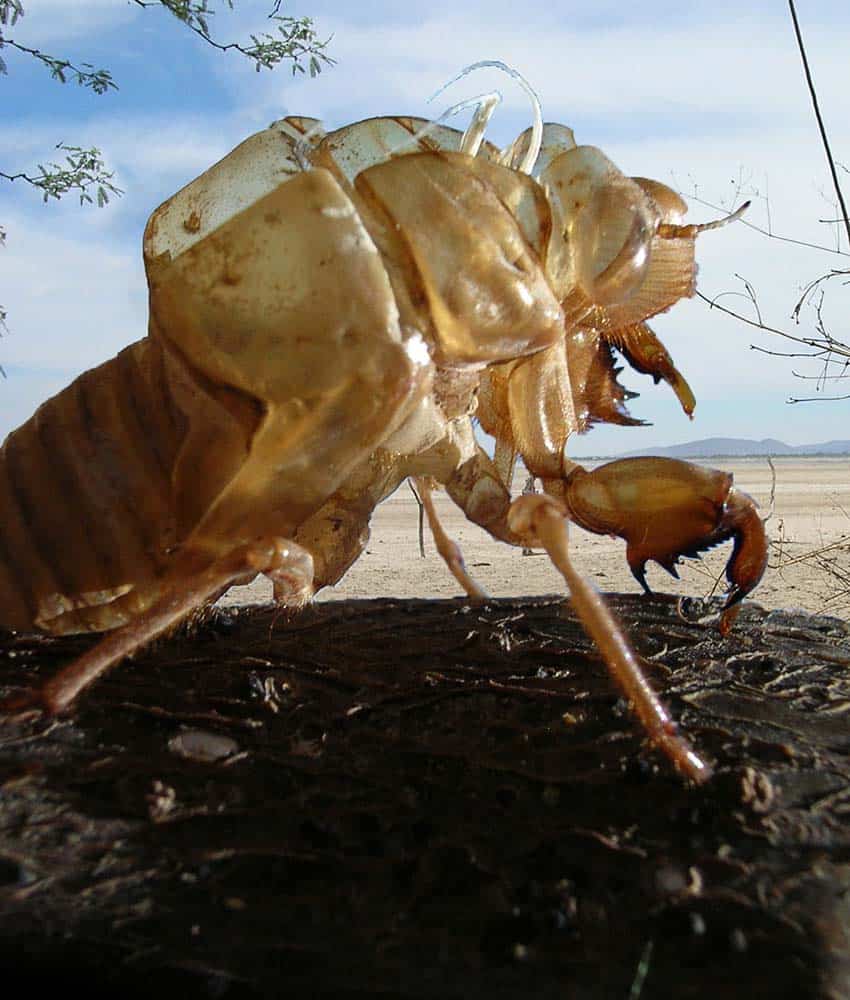
What you may find, however, is a little plant called seepweed, which loves salty soil. In Spanish, these weeds are known as romeritos, which you may have seen if your Mexican neighbors have ever invited you over for Christmas dinner. It’s often prepared with mole sauce.
Another culinary delight that grows in this ecosystem is the red, juicy pitaya, also known as pitahaya in Spanish. Come here in May or June, and you can pick pitayas yourself — with the help of a long pole — from the tops of the tall pitayo (Stenocereus queretaroensis) cactus.
While you’re exploring this ecosystem, you may want to take a ride in a trike or delta wing at Kordich Air Sports which is headquartered here: you will never forget the salt flats once you’ve seen them from the air!
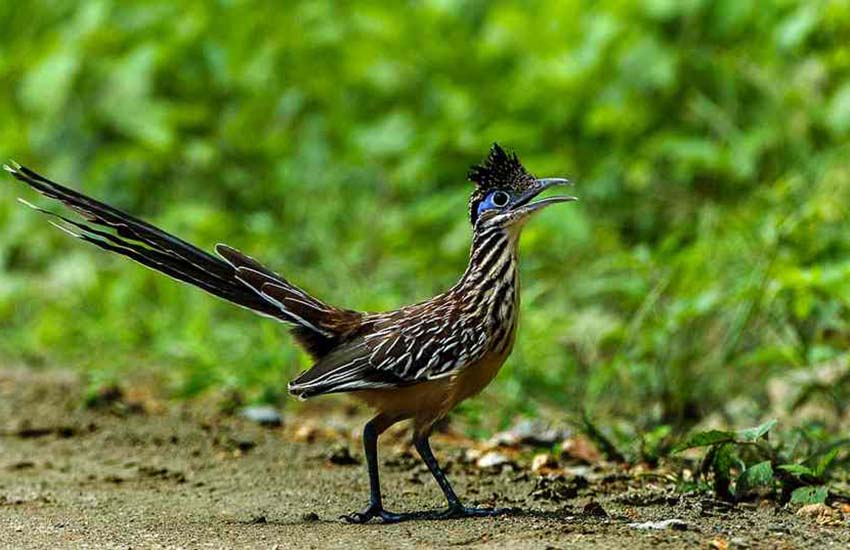
5. Tropical Deciduous Forests
Exploring this ecosystem is super easy thanks to the townspeople and biologists at El Cocodrilario de La Manzanilla, a 264-hectare crocodile sanctuary declared a RAMSAR site in 2008.
Here you will find a long boardwalk that takes you on a 650-meter loop through both mangroves and open water, giving you an excellent opportunity to meet the local flora and fauna, and even hold a baby croc in your arms.
If you have the time, take a twilight boat ride through the mangroves. By the time it’s all over, you will have met quite a few of the approximately 80 species of birds frequently seen here.
The map of Mexico’s five ecosystems is useful but also deceptive. At any given point, there could be a volcano or a deep canyon, in which case you may discover many more ecosystems every 100 meters as you go upward or downward.

So wherever you visit Jalisco, prepare to be surprised. Escape from the city whenever you can, and enjoy the biodiversity!
The writer has lived near Guadalajara, Jalisco, since 1985. His most recent book is Outdoors in Western Mexico, Volume Three. More of his writing can be found on his blog.
